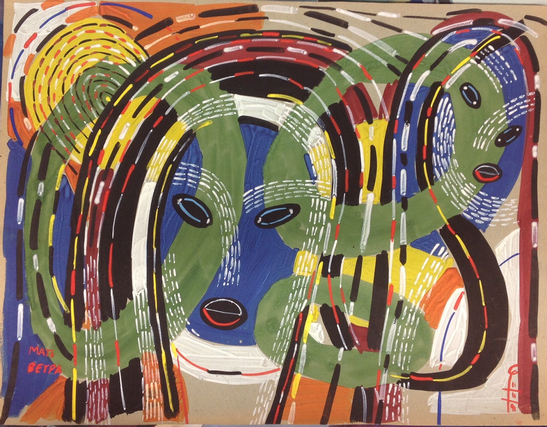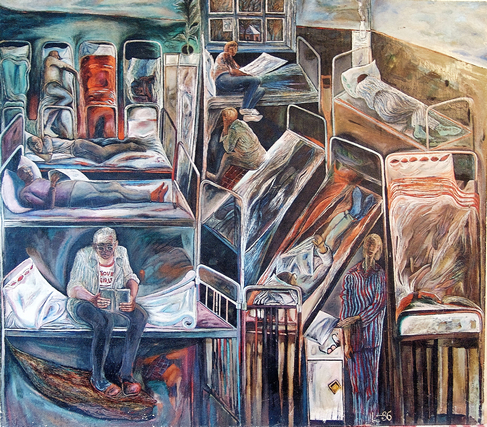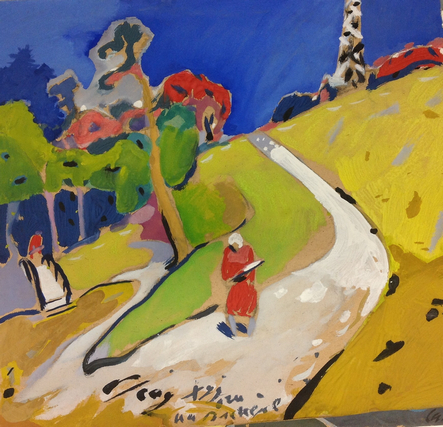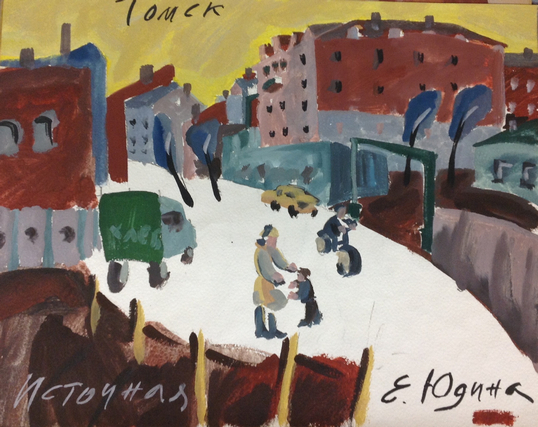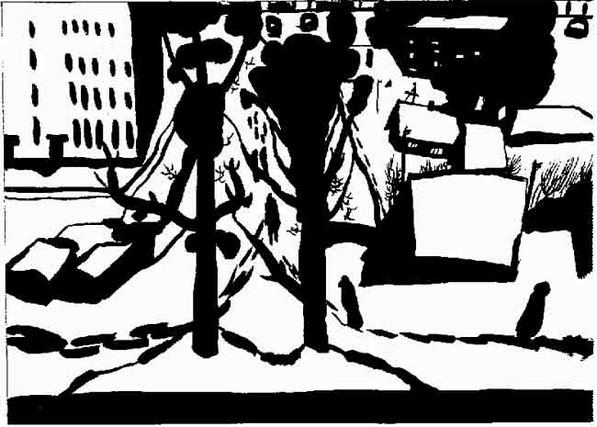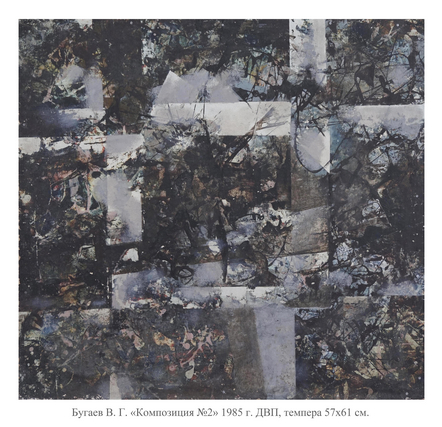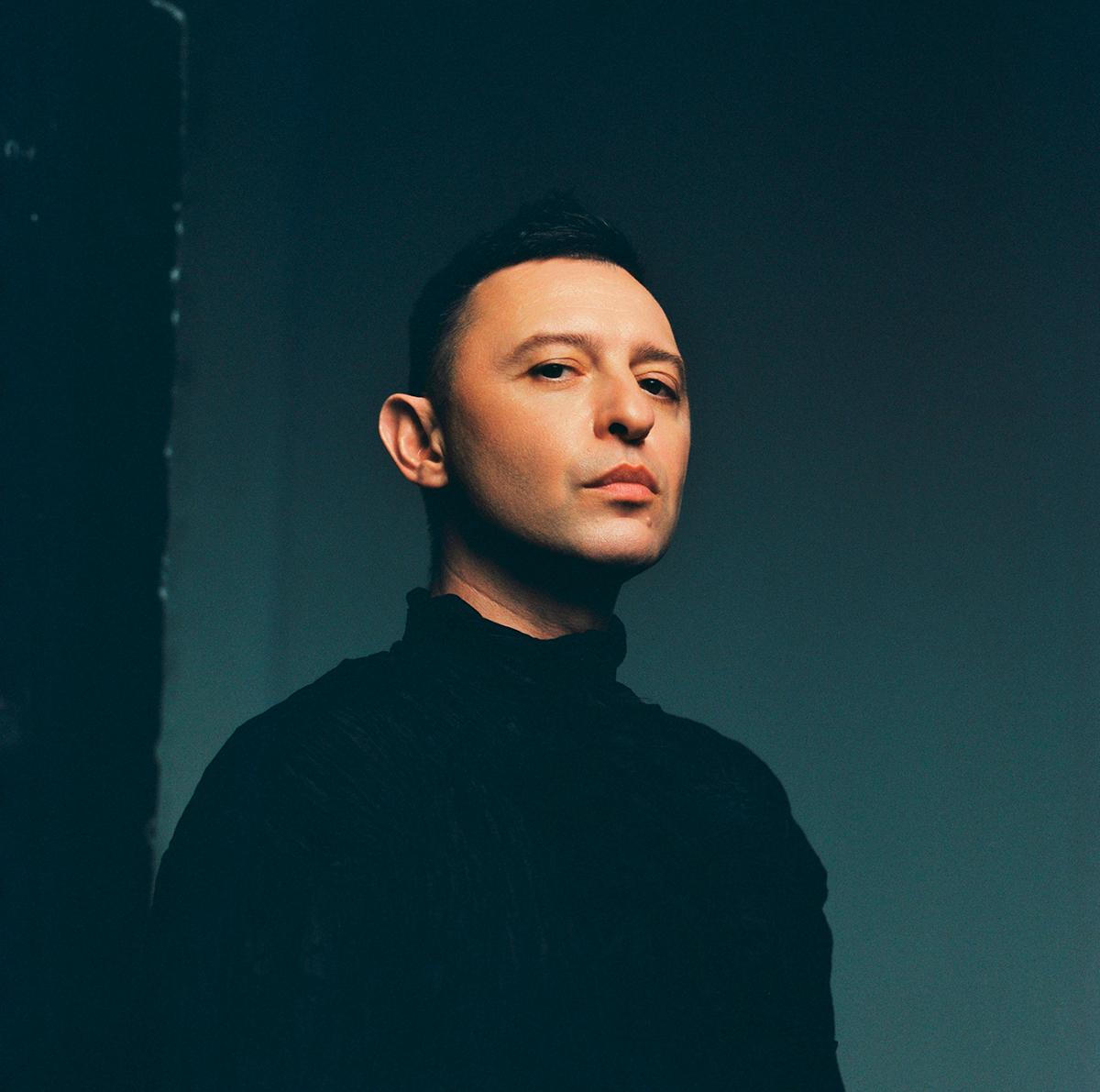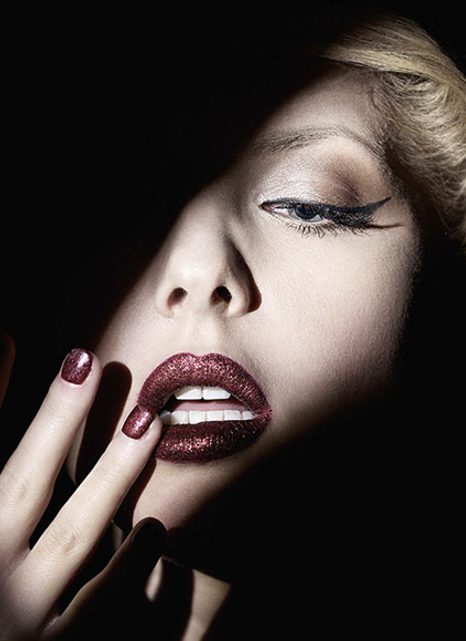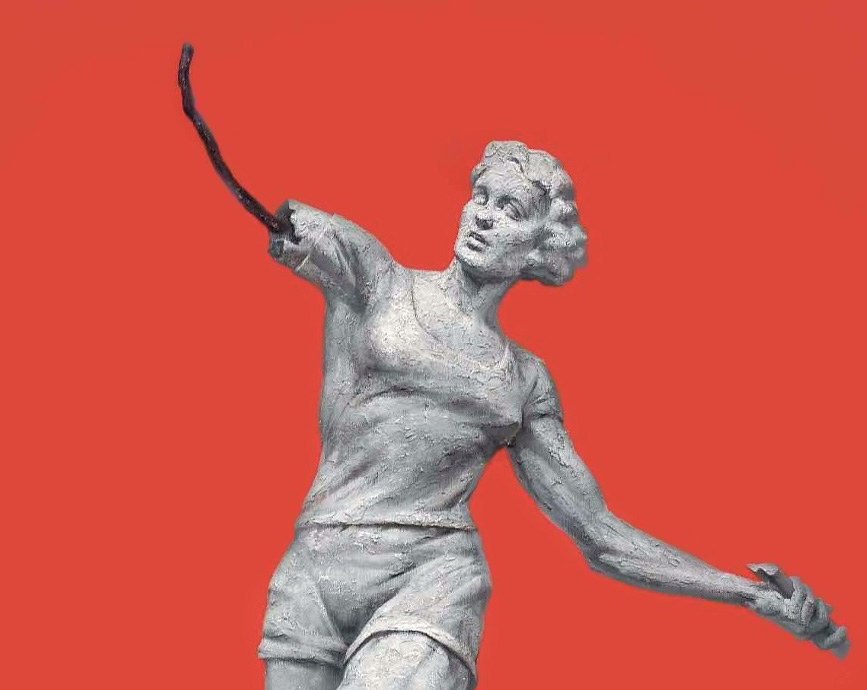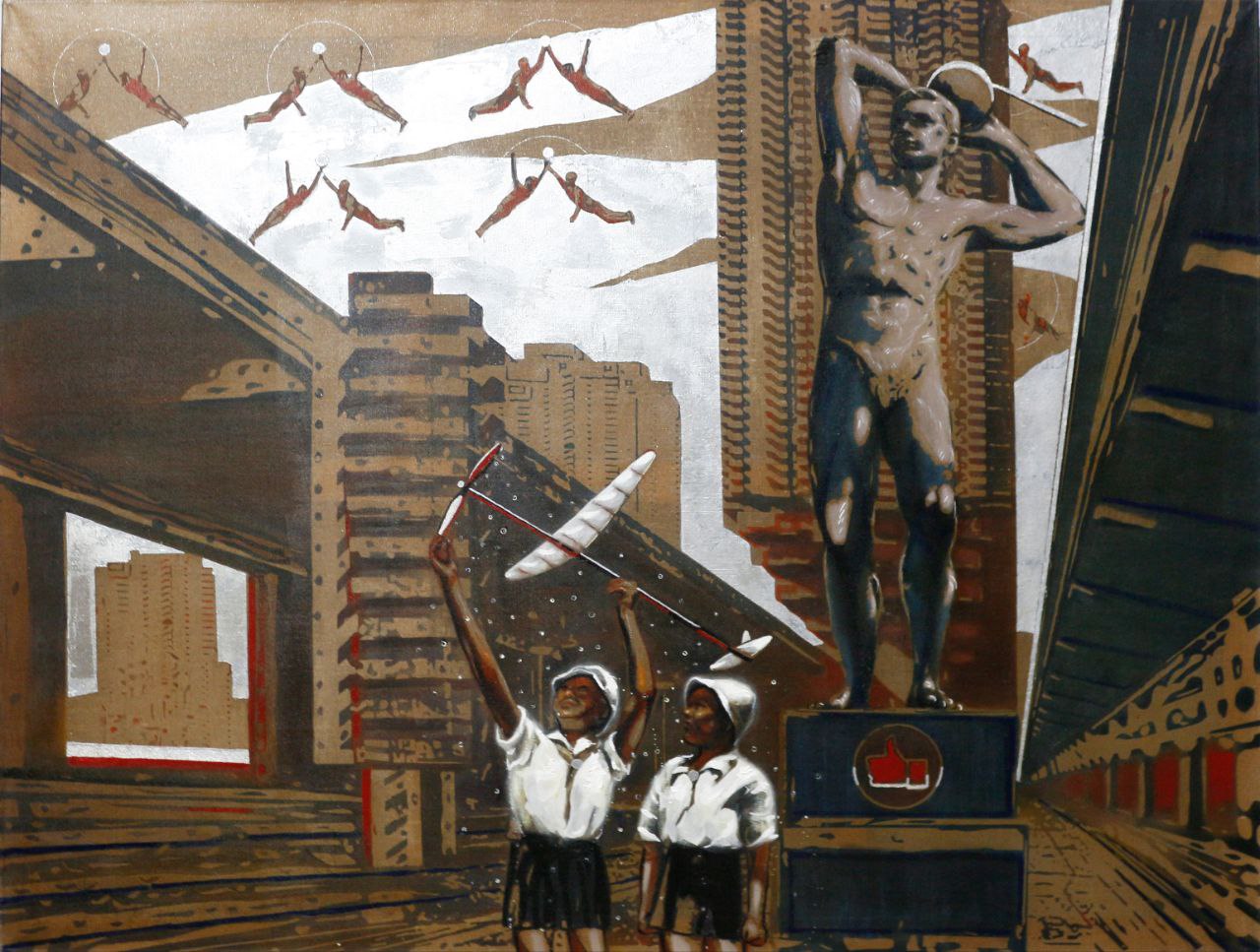On 27 November Erarta opens a long-awaited large-scale exhibition of Siberian underground art. Attention! On 11 December the exhibition will be closed
Erarta Museum of Contemporary Art presents the first large-scale exhibition of Siberian underground art. While Moscow and St. Petersburg have been long a subject of studying and collecting (themed exhibitions, articles, books, art market boom), Siberia was held on a standby caused by the end of the era, and passing away of the prominent trend representatives.
Siberian underground art emerged in 1970–1980s as a sphere of individual practices for those “unformatted” artists that existed outside the system in small free thinking creative communities. These “islands in the ocean” were having their own parallel lives, developing another art beyond the time and ideology, trying to answer the eternal questions of human existence by the means of contemporary artistic language, that incorporated achievements of both Russian and European avant-garde.
The phenomenon of Siberian underground art cannot be reduced to politics and ideological criticism. It rather relates to the topic of free creativity and personal freedom. Behaviorally it is associated with a long tradition of Russian non-possessors, mythologized image of artist, and free Siberian spirit. Freedom had its own price: poverty, isolation, inability to participate in exhibitions. The situation changed in the 1990s, when the first independent galleries and exhibitions of unofficial art began to open.
Then, twenty-five years ago, it was the artists whose efforts led to unveiling of Siberian underground art to the world. The special role in this process belonged to Echo experimental art group (Omsk), White Gallery association (Novosibirsk, Barnaul and Gorno-Altaisk), and March, Green Pyramid and Sibinterart galleries (Novosibirsk). Thus, Sibinterart was the first venue to show the entire range of Siberian underground art and to discover the guineas of Leonid Ivanov. Three exhibitions were organized by Echo art group from 1987 to 1989. White Gallery (1991–1997), founded by the artist and poet Nikolay Miasnikov (1954–2012), turned to be the most durable and productive project that introduced Siberian underground art to the museum halls. White Gallery held exhibitions in Novosibirsk, Tomsk, Kemerovo and Altai art museums, and published several books. In the early 1990s, the young artists Vyacheslav Mizin, Dmitry Bulnygin and Maxim Zonov stated to exhibit their works both at alternative and official venues and subsequently founded the famous “Blue Noses” art group. Later their paths diverged and geography changed, but Mizin and Bulnygin became the prominent representatives of contemporary art. The current exhibition features their early underground works.
Over the time, the terms ‘official’ and ‘unofficial’ lost their relevance. Just like the society, values and priorities, the status of artist, his fate and strategy changed as well. Some artists successfully integrated into the new society, the others, due to inertia and personal characteristics, saved their individual lifestyles and gradually passed away. The final stage of Siberian underground art synchronized with the last third of the twentieth century.
The exhibition “Siberian Underground Art” was successfully shown in several Siberian museums, and has finally come to Erarta in its fullest version: over 80 paintings, drawings and sculptures by the artists from Novosibirsk, Omsk, Barnaul, Gorno-Altaisk and Tomsk. The exhibition will feature such authors as Vladimir Bugaev, Dmitry Bulnygin, Vyacheslav Mizin, Elena Yudina, Leonid Ivanov, Alexander Krasnopeev, Zinaida Ruban, Nikolay Myasnikov Nikolay Zhukov, Vladimir Kvasov, Sergey Dykov, Alexander Kosenkov, Alexey Kuznetsov, Elena Evsina, Victor Shtrikker, and others.
The exhibition is built upon the phenomenological principle. With no pretension to exhaust the topic, the organizers strive to spark the interest to the unknown page of the Russian art history, to present the works of talented authors and to present Siberian underground art as an original and important part of the all-Russian cultural process of the end of the twentieth century.

